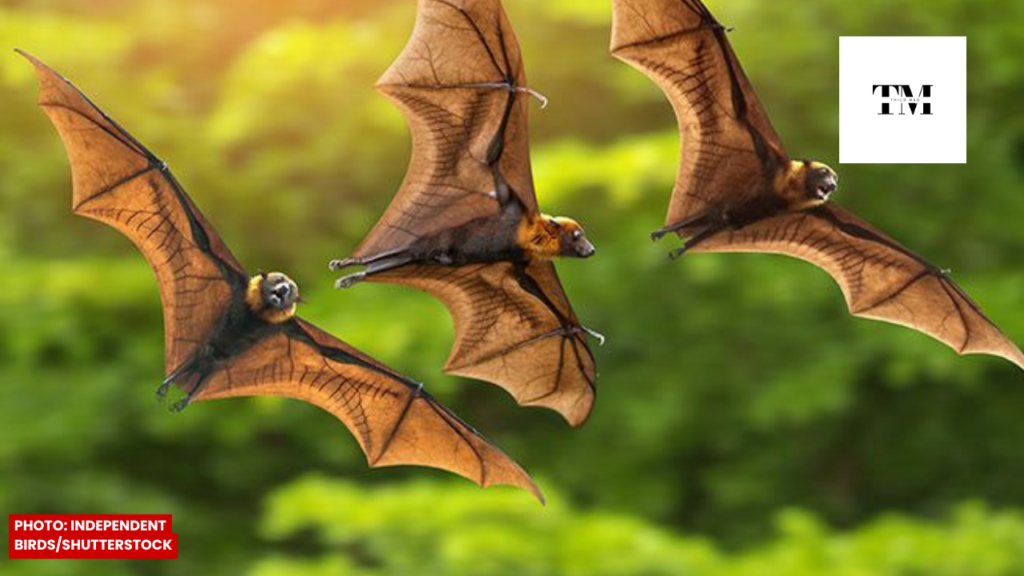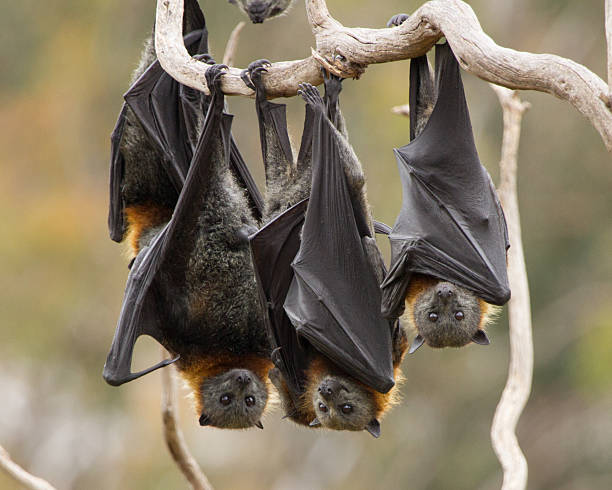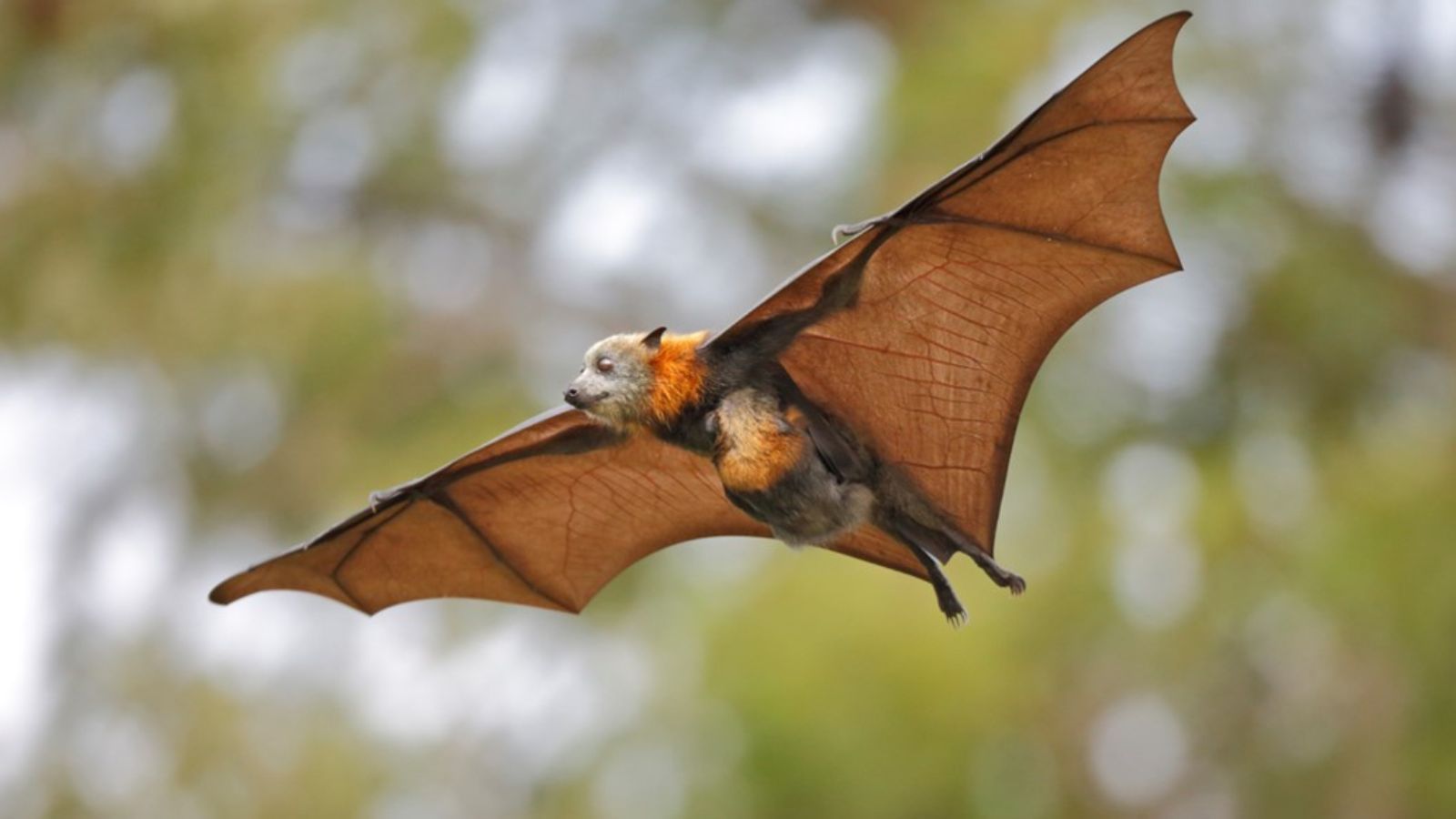Wings of the Forest: The Hidden Power of Asia’s Fruit Bats
By Thiloththama Jayasinghe

The Nighttime Gardeners of Asia
In the quiet embrace of twilight, when most creatures wind down, a unique group of mammals takes flight across the skies of Asia — the fruit bats. Often misunderstood and shrouded in myth, these winged wonders are among nature’s most vital pollinators and seed dispersers. With their keen senses, ecological significance, and astonishing adaptations, fruit bats have mastered the art of survival in some of the world’s most diverse tropical ecosystems.
Specialized for a Fruity Lifestyle
Unlike their insect-eating cousins, fruit bats — members of the Pteropodidae family — have evolved to thrive on a plant-based diet. They rely more on vision and smell than echolocation, a notable departure from most bat species. Their large, forward-facing eyes and acute sense of smell help them locate ripe fruits and fragrant, nectar-rich flowers. This specialization allows them to feed on a variety of fruits like mangoes, bananas, figs, and guavas, and pollinate night- blooming plants that many other animals overlook.

Fascinating Habits and Behaviors
Fruit bats are primarily nocturnal, setting out at dusk in search of food and returning before dawn. Their ability to travel long distances — often 20 to 50 kilometers in one night — helps spread seeds across wide areas. During the day, they roost in large colonies, often in tall trees or caves, hanging upside down in tight clusters. These roosts can include hundreds or even thousands of bats and are often reused for years. Their social behaviors are also intriguing, with complex vocalizations, grooming habits, and mating displays that point to a rich and intelligent social structure.
Nature’s Seed Dispersers and Pollinators
What makes fruit bats so important is their role in maintaining healthy forest ecosystems. As they feed, they drop seeds and pollen far from the parent plant, promoting biodiversity and new growth. In island ecosystems, especially, where other large pollinators and seed dispersers may be absent, fruit bats are irreplaceable. Plants like the durian, whose flowers bloom at night, depend almost entirely on fruit bats for pollination. Without these bats, many forests and fruit- bearing trees would struggle to regenerate.
Unique Species across Asia
Asia is home to some of the most remarkable fruit bat species. The Indian flying fox (Pteropus medius) is widespread in the Indian subcontinent and easily recognized by its reddish-brown fur and fox-like face. In the Philippines, the golden-crowned flying fox (Acerodon jubatus) — one of the largest bats in the world — is both majestic and endangered. Southeast Asia also hosts the large flying fox (Pteropus vampyrus), with a wingspan that can exceed 1.5 meters, making it one of the most impressive flying mammals alive today.

Threats and Conservation Challenges
Despite their ecological importance, fruit bats are under constant threat. Habitat loss from deforestation, urban expansion, and agricultural encroachment reduces their roosting and feeding grounds. In some cultures, they are hunted for food or traditional medicine, further endangering their populations. Misconceptions about bats and disease have led to fear-driven killings, despite little evidence that fruit bats pose significant risk when left undisturbed. Climate change, too, adds pressure, disrupting flowering and fruiting patterns that bats rely on.
A Call to Appreciate and Protect
In many parts of Asia, fruit bats have begun to adapt to urban environments, feeding in city gardens and roosting in parks. Their ability to coexist with humans, while continuing to support biodiversity and food security, is remarkable. Still, without awareness and protection, their populations will continue to decline. Conservation efforts — including habitat protection, public education, and research — are essential to ensure that these quiet stewards of nature continue their vital work. To see a fruit bat in flight is to witness a miracle of nature: a creature that bridges the wild and the cultivated, flying silently under moonlit skies, shaping the forests of tomorrow with every flap of its wings.

